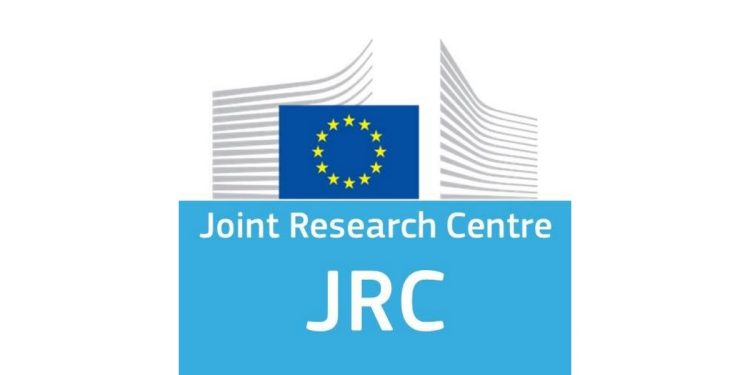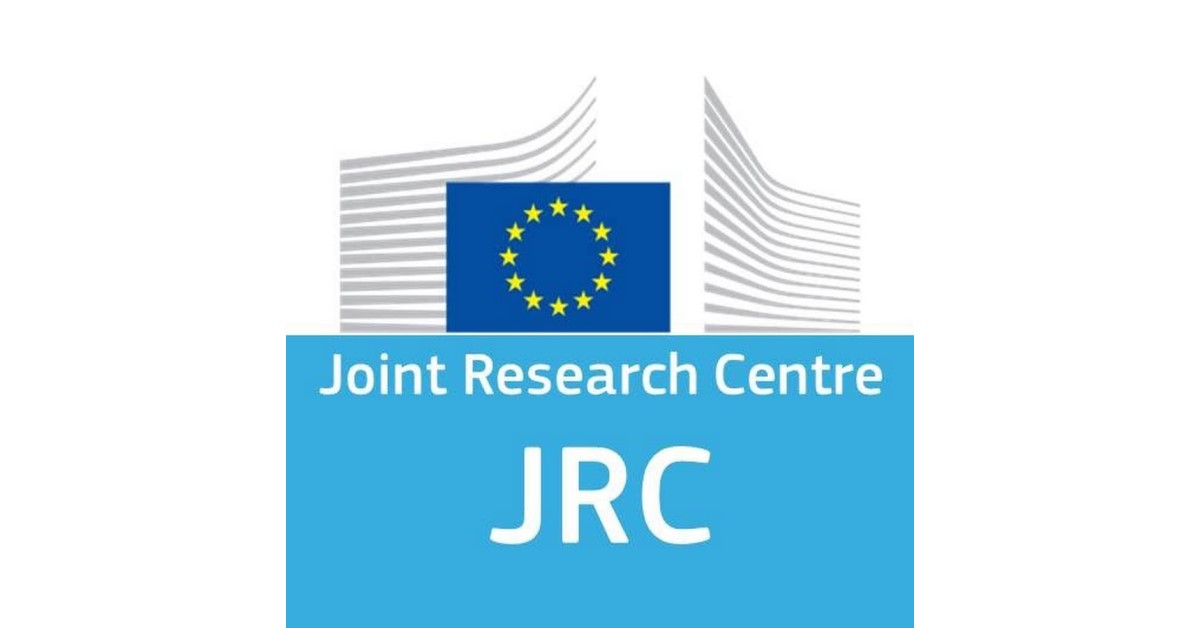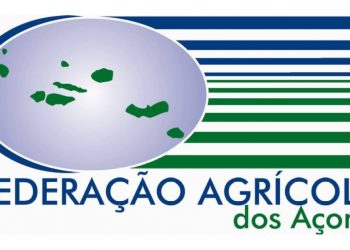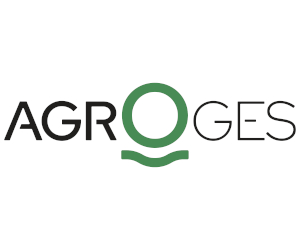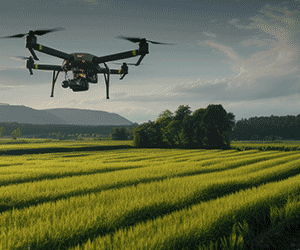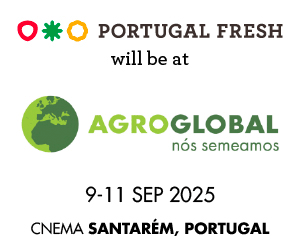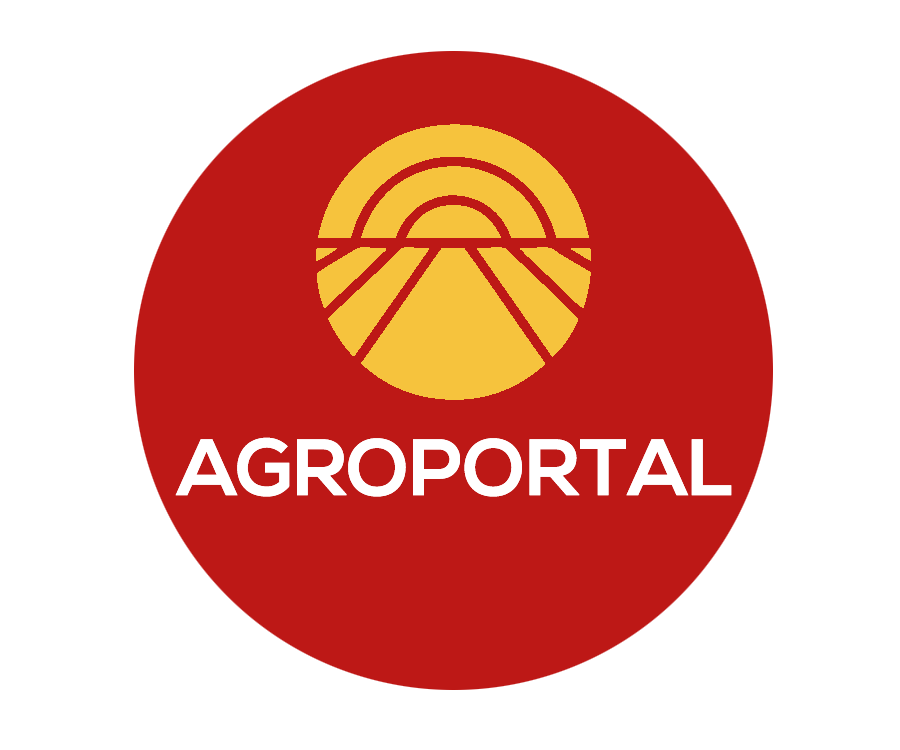The share of population in countries facing high levels of acute food insecurity rose to 295.3 m in 2024 from 281.6 m in 2023, the driving force behind the increase being armed conflicts in Nigeria, Myanmar and Sudan, according to the Global Report on Food Crises (GRFC) 2025, published today.
This is the 9th edition of the annual report, published by a coalition of development and humanitarian organisations with the objective to provide an accurate picture of food crises worldwide and help reduce hunger and malnutrition.
The report estimates that 37.7 m children aged 6-59 months have suffered from acute malnutrition in 2024, 10 m of whom needed urgent treatment. About 10.9 million pregnant and breastfeeding women were acutely malnourished.
Out of the 53 countries analysed for being in the grip of a food crisis, 26 suffered nutrition crisis, and four were classified as being of nutrition concern. As in previous Global Report on Food Crises (GRFC) editions, the number of people battling acute hunger and suffering from malnutrition is not decreasing.
The food crises report also singles out for gravity the Gaza strip in the Middle East where 100% of the population was exposed to acute food insecurity. In its outlook for 2025, the report suggests that ongoing armed conflicts and civil insecurity, as well as funding cuts, mainly by the US, will hamper recovery, limit collection of data and further fuel food crises.
The report points to the interlinked effects of armed conflicts, economic shocks, weather extremes and structural vulnerabilities, such as poverty and low level of investment in safety nets, as the driving forces that put millions of people in a state of acute food insecurity and malnutrition.
Food insecurity and acute malnutrition: where are the hotspots?
Nigeria, with 31.8 m people experiencing high levels of acute food insecurity, topped the list of 10 countries living the world’s largest food crises in 2024 in terms of the number of people affected. Sudan and the Democratic Republic of the Congo (both with 25.6 m affected) follow, trailed by Bangladesh (23.6 m), Ethiopia (22.0 m), Yemen (16.7 m), Afghanistan (15.8 m), Myanmar (14.4 m), Pakistan (11.8 m) and Syrian Arab Republic (9.2 m). These 10 were also the countries worst hit in 2023.
In terms of proportion of people facing high levels of acute food insecurity, the largest food crises in 2024 were the Gaza Strip (100%), South Sudan (56%), Sudan (54%), Yemen (48%), Haiti (48%), Namibia (41%), Central African Republic (41%), Syrian Arab Republic (39%), Afghanistan (36%) and Zambia (33%).
For the first time, the report also offers analysis on nutrition crises. It identifies 26 countries/territories – out of 53 hit by a food crisis – with areas of high levels of acute malnutrition, characterised by a lack of access to nutritious food, poor healthcare, and other factors.
The Sudan, Palestine (Gaza Strip), Mali and Yemen had the four most severe nutrition crises with Famine in parts of the Sudan, risk of Famine in Gaza Strip, and Extremely Critical conditions (IPC AMN Phase 5) in Mali and Yemen. IPC AMN Phase 5 describes a situation where “30% or more children are acutely malnourished. Widespread morbidity and/or very large individual food consumption gaps are likely evident”.
The IPC is a multi-stakeholder initiative that offers common scale (PDF) on the severity and magnitude of acute food insecurity (AFI), chronic food insecurity (CFI) and acute malnutrition (AMN).
In 2024, an estimated 37.7 million children aged from six to 59 months suffered from acute malnutrition: of these, 10 million had severe acute malnutrition and needed urgent treatment. About 10.9 million women – either pregnant or breastfeeding and living in 22 of the 53 food crises-stricken countries – were acutely malnourished.
The 10 countries with the largest food crises account together for more than 65% of the total population (representing about 196 m of people in need of urgent assistance) affected by high levels of acute food insecurity in the 53 countries/territories for which data was available. These countries also have a high burden of acute malnutrition: seven out of the 10 – Afghanistan, Democratic Republic of the Congo, Ethiopia, Nigeria (Northeast and Northwest), Sudan, Pakistan and Yemen – account for two thirds of the 2024 global acute malnutrition burden among the 26 countries/territories with nutrition crises.
Furthermore, the report has consistently shown that at least 80% of the population facing high levels of acute food insecurity is in 35 countries experiencing protracted food crises, reported in all nine editions of the report. The data in the report emphasise the need for urgent and sustained assistance to address the root causes of food and nutrition insecurity and support those most affected.
What causes food and nutrition crises?
While acknowledging that the food and nutrition crises are the result of the interaction of multiple factors, the report identifies the main drivers of each of the identified food and nutrition crises.
For food crises, armed conflicts are the main driver in 20 countries, including four of the 10 largest food crises. Armed conflicts were the main culprit for four of the five countries/territories with population in Catastrophe (IPC AFI Phase 5) – namely the Sudan, Palestine (Gaza Strip), Haiti and Mali. The Catastrophe (IPC AFI Phase 5) is characterised by a state in which “households have an extreme lack of food and/or other basic needs even after full employment of coping strategies. Starvation, death, destitution and extremely critical acute malnutrition levels are evident.”
Weather extremes are the second most frequent primary driver, with 17 countries affected, whilst economic shocks were the primary driver in 16 countries. Particularly alarming was the 2023–2024 El Niño-induced drought in Southern Africa, which led to widespread harvest failure and livestock death, exacerbating the food security and nutrition crises in the region.
Similarly, for acute malnutrition, armed conflicts and weather extremes, often leading to population displacement, were the main shocks that worsened acute malnutrition in countries/territories with nutrition crises in 2024. Out of the 26 documented nutrition crises, data on risk factors were available for 24. Of these, 16 had ‘very high’ risk factors for acute malnutrition in all three pathways – food, care and services, and health – which refer to the availability and quality of food, the care and feeding practices of caregivers, and the health status and access to healthcare services, respectively.
These multiple layers of nutritional vulnerability indicate that addressing acute malnutrition requires a comprehensive approach that tackles the underlying factors in all three pathways.
Outlook for 2025
The GRFC 2025 provides an overview of the primary drivers of food crises in reported countries/territories. The ongoing conflicts and civil insecurity in countries and territories such as the Sudan, Myanmar, Syrian Arab Republic, Democratic Republic of Congo and the Gaza Strip are expected to hinder their recovery from food crises in 2025.
In addition to armed conflicts and civil insecurity, other factors will contribute to persisting food crises in 2025. These include inflationary pressures, forecasted to remain high in countries like Ethiopia, Nigeria, and Sudan, and potential drought. Seasonal forecasts indicate poor rainfall in Afghanistan, parts of Pakistan, and southern Ethiopia during the upcoming crop season.
The reduction in foreign assistance in many of the countries heavily affected by nutrition and food crises, has already significantly impacted the delivery of essential services, including food, nutrition and livelihood support, as well as health, education and water, sanitation and health (WASH) interventions.
Funding cuts from major donors have also limited the ability to collect critical data and evidence, necessary to inform timely response. This reduction in funding will exacerbate the food and nutrition crises situation in 2025. An estimated 2.3 million children may lose access to treatment for severe acute malnutrition, with 369 000 additional child deaths projected annually, according to a paper published in Nature.
JRC Support: data analysis, drafting, and review
The Global Network Against Food Crises, a coalition of development and humanitarian organisations united in their efforts to address food crises, authored the report. The EU is a founding member of the Global Network, and the Joint Research Centre (JRC), the European Commission’s science and knowledge service, is one of the partners directly participating in the report’s production. The report’s findings are based on rigorous analysis and data from multiple sources, ensuring a comprehensive and accurate picture of global food crises.
The JRC is part of the technical team that analyses the data of the report each year, and member of the GRFC’s Senior Committee, which is responsible for the review and endorsement of the report. The JRC also provides technical and advisory support to the Integrated food security Phase Classification (IPC) and the Cadre Harmonisé (CH) frameworks, which are GRFC’s main sources of information.
The GRFC 2025 leverages information and data sources produced by the JRC, including the Anomaly Hotspots of Agriculture (ASAP) system, the MARS bulletin, and the INFORM Risk index. The ASAP system provides insights into weather extremes affecting food security, such as droughts, and assesses the exposure to drought of countries in food crisis. The MARS bulletin informs the report on the abandonment of agricultural land in Ukraine.
The INFORM Risk index is utilised to assess structural vulnerabilities in countries and their capacity to address crises, providing a comprehensive framework for understanding the complex factors that contribute to food insecurity. By integrating these JRC data sources, the GRFC 2025 gains a more comprehensive understanding of the complex factors driving food and nutrition insecurity, enabling the development of evidence-based policies and programs to reduce hunger and malnutrition worldwide.
The JRC’s Anomaly Hotspots of Agricultural Production (ASAP) is also a near real time source of information feeding into IPC and CH analysis.
About the Global Network against Food Crises
Launched by the EU, the Food and Agriculture Organization of the United Nations (FAO) and the World Food Programme (WFP) in 2016, the Global Network Against Food Crises (GNAFC) expanded to include the World Bank, UNICEF, USAID, IFAD and UNHCR. It aims to generate evidence-based information, mobilise strategic investments, and foster collaboration across sectors to address the root causes of food insecurity and inform decision-making and action.
The JRC published the first Global Report on Food Crises in 2016 in collaboration with the then European Commission’s Directorate-General for International Cooperation and Development, now International Partnerships. The annual report has become, since then, an international multi-partner initiative under the Global Network Against Food Crises.
Today, the Global Report on Food Crises 2025 is the result of a joint, consensus-based assessment of acute food insecurity situations around the world by 16 partner organisations.
O artigo foi publicado originalmente em JRC.





















